Can You Put Memory Card In S23?
When it comes to the latest in smartphone technology, questions about compatibility and enhancement are always at the forefront of a customer's mind. One common inquiry from users is whether you can put a memory card into the Samsung Galaxy S23, a flagship model in Samsung's lauded S-series lineup. The question stems from the desire to increase storage capacity beyond what is natively provided by the device. Addressing this demand is crucial because it touches on the core needs of smartphone users: ample storage, ease of access, and optimal functionality.
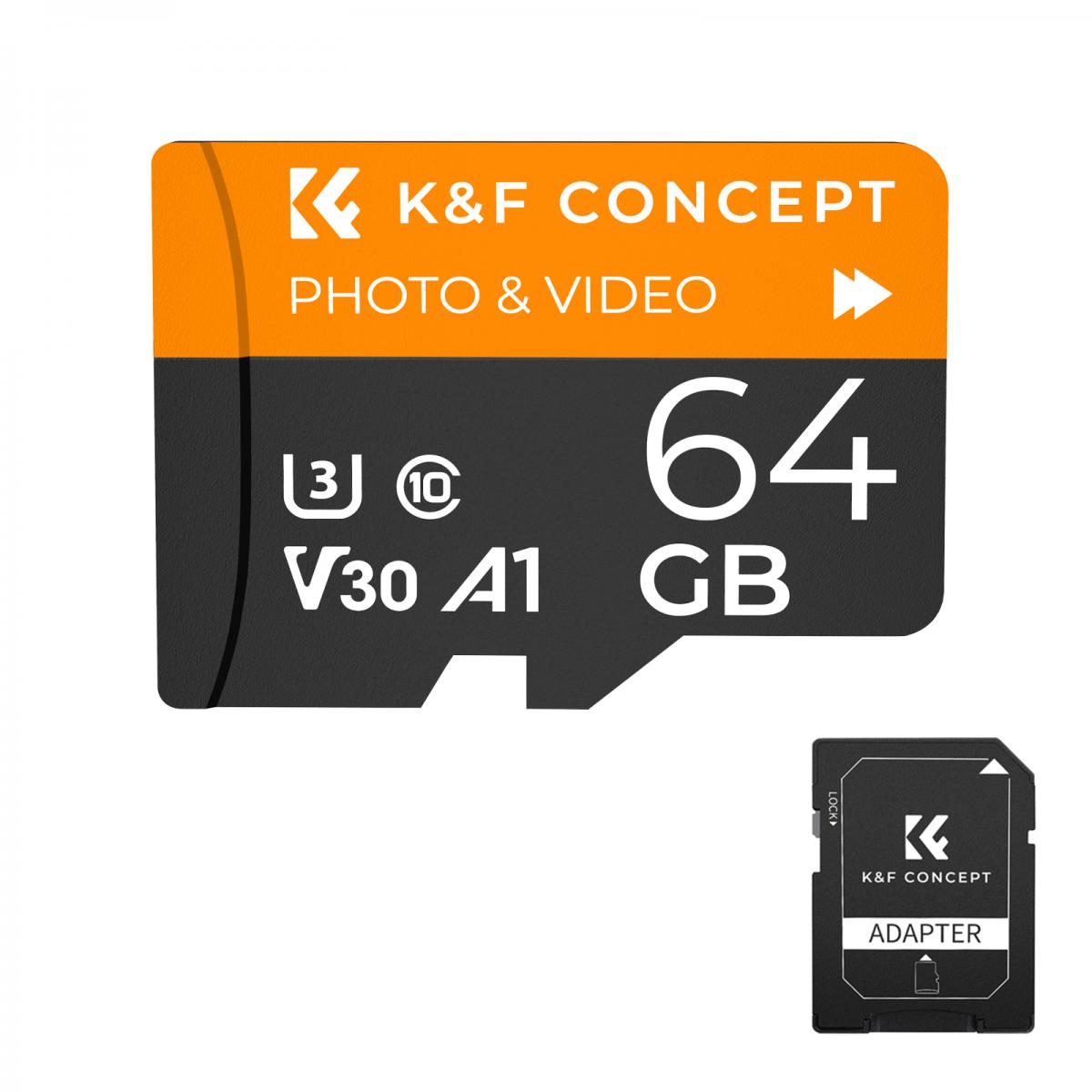
Understanding the Built-In Storage Constraints
The Samsung Galaxy S23 comes with significant advancements in both hardware and software, boasting impressive specifications that cater to power users, gamers, photographers, and professionals alike. One of the enhancements in the S23 series is its ample built-in storage options, which typically range from 128GB to 512GB. While these capacities are sufficient for many users, others might still find themselves needing more storage space for high-resolution photos, videos, apps, and files.
The Absence of a MicroSD Card Slot
Unfortunately for many potential buyers, the Samsung Galaxy S23 does not include a microSD card slot. This shift marks a notable change from some earlier models in the Samsung Galaxy series that did support expandable storage. The decision to omit the microSD card slot in favor of a more integrated and compact design was likely made to enhance the device's sleek profile and internal performance efficiency, particularly as it relates to factors such as speed, energy consumption, and overall reliability.
Alternatives to Expandable Storage
While the lack of a microSD card slot might come as a disappointment to some, there are several effective alternatives that users can consider to manage their storage needs:
1. Cloud Storage Solutions:
- Google Drive: Provides integration with Android operating systems, offering varying levels of storage depending on the plan you subscribe to.
- Samsung Cloud: Although it is gradually being phased out, it still offers temporary backup solutions.
- OneDrive: A robust option for those already integrated into the Microsoft ecosystem, especially if you use Office 365.
- These services allow you to store photos, videos, documents, and more in the cloud, freeing up physical space on your device.
2. External Storage Devices:
- USB-C Flash Drives: Many high-capacity flash drives now come with USB-C connectors that are compatible with the Samsung Galaxy S23, allowing you to quickly offload data.
- Portable SSDs: These offer greater storage capacities and faster read/write speeds. They can be connected via USB-C for data transfer and backup.
3. Network Attached Storage (NAS):
- Setting up a NAS at home or the office provides centralized storage that is accessible over the internet. This can be particularly useful for professionals who need constant access to large files.
4. Selective File Management:
- Regularly offloading photos and videos to a computer or external storage device.
- Utilizing apps that manage or compress files automatically to save space.
Choosing the Right Cloud Storage Plan
When it comes to cloud storage, selecting the right plan requires you to evaluate your specific needs. Most services offer a range of options from free tiers providing a minimal amount of storage to subscription-based plans that offer expansive storage capacities. Here are some factors to consider:
- Volume of Data: Estimate how much data you need to store presently and consider your growth rate. If you're heavily into creating video content, higher storage plans will be beneficial.
- Accessibility and Syncing: Ensure that your chosen cloud storage service offers seamless synchronization across all your devices. Integration with other apps and services is also crucial.
- Security Features: Look for robust security features such as two-factor authentication (2FA), encryption (both in transit and at rest), and strong privacy policies.
- Cost: While free plans are available, they often come with limited storage and features. Paid plans offer more comprehensive solutions and can be more cost-effective in the long run if they meet all your storage needs.
Benefit of External Storage Devices
Using external storage devices such as USB-C flash drives and portable SSDs offers several advantages:
- Portability: These devices are typically small and easy to carry around, making them ideal for on-the-go usage.
- Speed: Many modern external storage devices offer high-speed data transfer rates, which can be critical for tasks that involve large files, such as video editing.
- Independent Storage: Unlike cloud storage, which relies on an internet connection for access, external storage devices are accessible at any time.
Setting Up a Network Attached Storage (NAS)
A NAS setup is more advanced and suitable for users who consistently deal with massive amounts of data. Here’s how to do it:
- Choose the Right NAS Device: Select a device that fits your storage and performance needs, considering aspects like RAID configurations for redundancy and faster read/write speeds.
- Setup and Configuration: Follow the manufacturer’s instructions to set up the NAS on your network. This generally involves connecting the device to a router and configuring it through a web interface.
- Accessing Your NAS: Once set up, you can access your NAS from your Galaxy S23 using specific apps provided by the NAS manufacturer or general file management apps that support network drives.
File Management Best Practices
Adopting good file management practices can also help you make the most out of your device’s internal storage:
- Regular Backups: Develop a routine to backup important data regularly. Automated backup apps can make this easier.
- File Organization: Keep your files organized in clearly defined folders for easy access and cleanup.
- Utilize Compression: Compressing files that you do not use often can free up substantial space. You can use built-in options within the file manager or third-party apps.
Conclusion
The absence of a microSD card slot in the Samsung Galaxy S23 might initially seem limiting, but understanding and leveraging alternative storage solutions can effectively meet your needs. Whether through the use of cloud storage, external storage devices, a NAS setup, or efficient file management practices, a range of options are available to ensure you never run out of space on your device. By selecting the most suitable methods based on your specific requirements, you can optimize your storage capabilities and enjoy the full range of features offered by the Samsung Galaxy S23 without compromise.


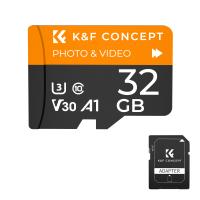

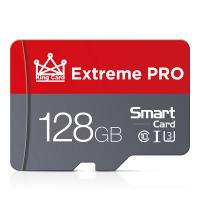

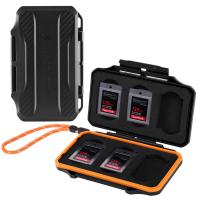
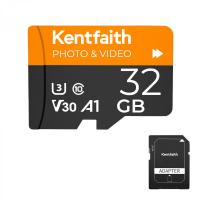
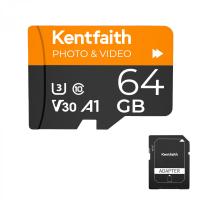

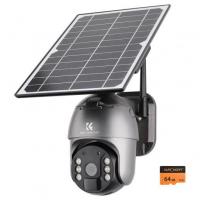

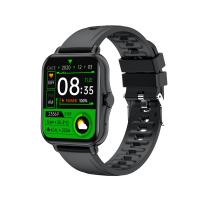





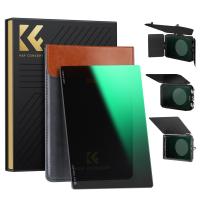
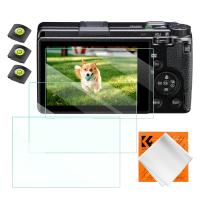
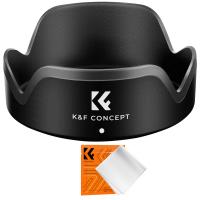
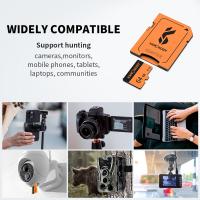

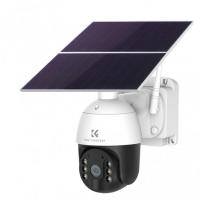
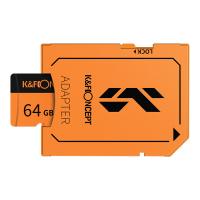
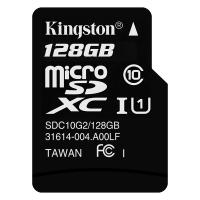
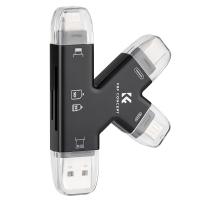


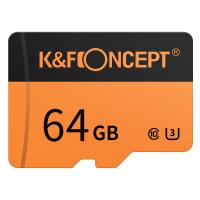

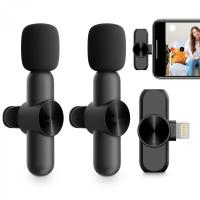




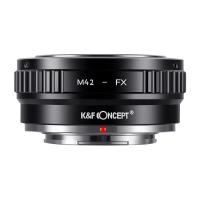



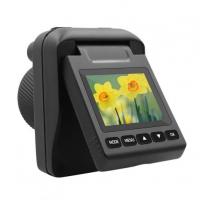
There are no comments for this blog.